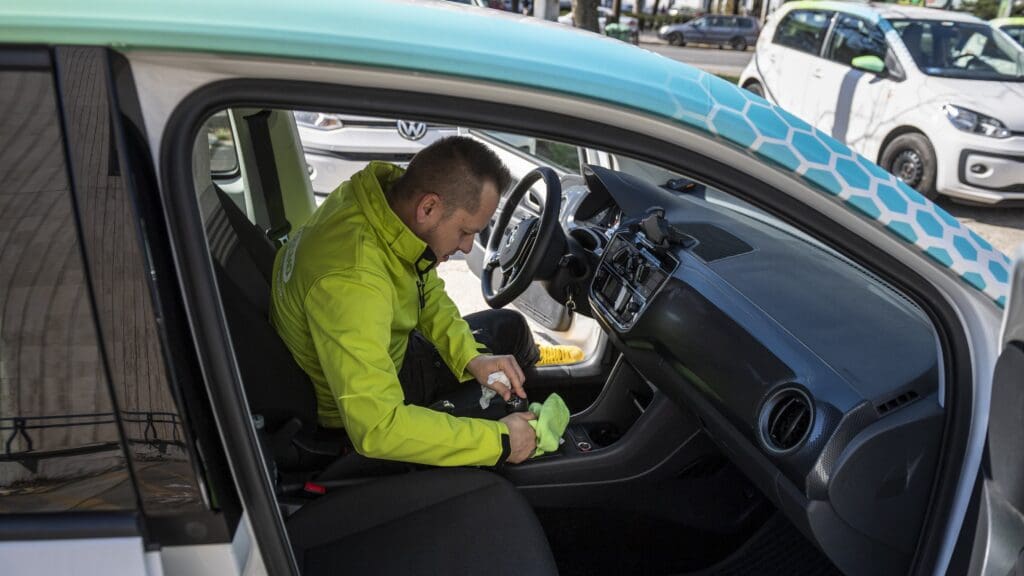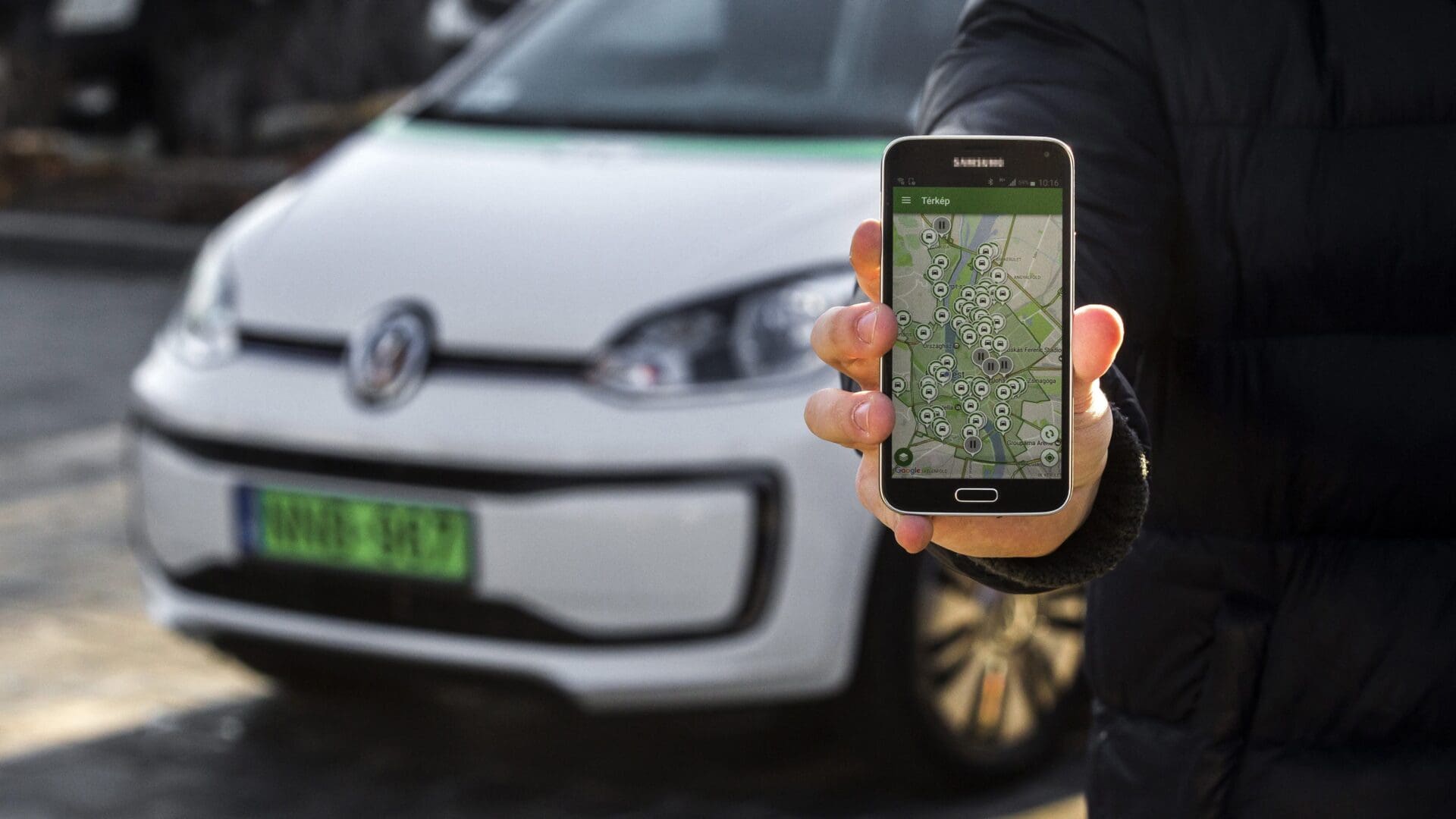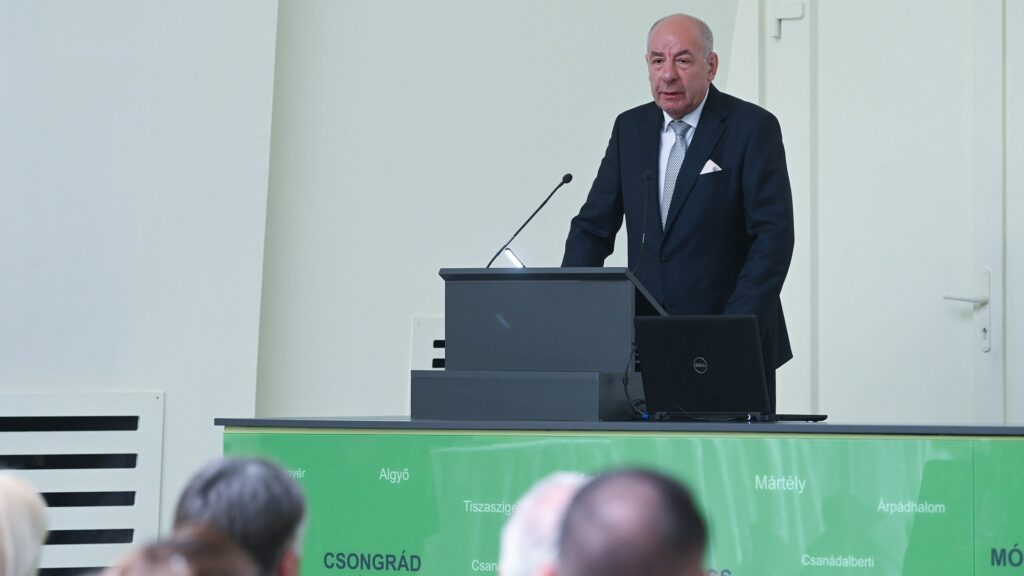Carsharing is simple in concept and is a user friendly, cost-effective alternative to those who do not want to spend on maintaining their own personal vehicle. All it requires is a smartphone and a credit or debit card. Once one inputs their personal and banking data into the app, a plethora of cars is available in the area for taking. Currently most of the cars are in Budapest, however, some can even be used outside of the city limits.
Hungarian news website Index reached out to the three largest carsharing companies in Hungary, MOL Limo, ShareNow and GreenGo. All three told Index that the popularity of carsharing is on the rise in Hungary.
Numbers And Profits Rise In Tandem
MOL reported that their least profitable time of the year is usually the first two months, however, overall, an increase can be seen in yearly users. Since 2020, their user-base grew by roughly 25,000 each year, and there seems to be no end to this tendency.
ShareNow reported that the company has also seen a yearly increase in user numbers, and last year it exceeded 80,000 users, representing a 45 per cent growth compared to the previous year. Currently, the company has around 100,000 users.
GreenGo reported similar growth, with their user-base having expanded by 30 per cent in a year. The company explained that the growth is represented in both the number of users and by cars rented, adding that even during the pandemic, numbers were on the rise.
Unsurprisingly, the growth in user numbers goes hand in hand with an increase in profits. While neither company shared exact numbers with Index, all of them stated that their profits grew significantly last year.
With Cars Getting Expensive, Carsharing Garners Popularity
Owning a car became more expensive during and after the pandemic, because of the drastic rise in the cost of car parts shipping. This meant that new cars also became dearer, and one had to wait longer for a vehicle. These issues also started to trickle down to the used car market. Other than actually buying a car, maintaining and using one also became more pricey—fueling, servicing and other costs all rose in recent years.

Since these prices might deter people from buying and maintaining their own vehicles, carsharing fits right into the market gap. Carsharing only requires users to pay for using a car, while maintenance fees and the purchasing of the actual vehicle are on the company. In the pandemic period, an increasing number of drivers took to using these apps instead of buying a new car. ShareNow also explained that their data shows that there is a generational difference in terms of who switches over to carsharing. The younger generation is much more likely to give up entirely on owning a car, and resort to carsharing exclusively. According to the data, carsharing is the most popular between the ages of 25 to 34.
What Can Carsharing Be Used For?
All three companies reported that the most popular method of renting is short-term, within city limits. However, MOL Limo added that it has seen an increase in renting for multiple days, especially from the middle of spring until the middle of autumn.
ShareNow added that their vehicles are often rented for business purposes, and while a minute-based programme is the most popular, the number of longer-term, sometimes multiple day trips are also rising. In private use, however, short-term city renting remains the most popular. The company reported that most users drive the cars for leisure activities, personal errands, or even for handling shopping, or to get to an airport, a train station, or a public transportation hub.
GreenGo put its focus entirely on the city, as their fleet consists only of compact, electric vehicles. The company also reported that the majority of users drive the cars short distances within city limits, however, the demand for longer trips is also on the rise, therefore they expanded their fleet last year with 200 cars capable of long-range travel.
All of the companies also reported that they are looking the expand beyond the limits of Budapest in the future.
Is It Ultimately Better Than Owning A Car?
The question arises as to which option is more advantageous financially. MOL pointed out that the answer to this question largely depends on the type of usage. If someone only occasionally drives a car, then carsharing is clearly the more cost-effective option. This is because it saves the cost of maintaining a personal car, such as taxes, insurance, maintenance, mandatory services, tire changes, fuel, parking, motorway tolls, etc. ‘For regular and longer trips, it is worth considering several factors, and it depends more on individual habits and preferences whether carsharing or maintaining a personal vehicle is the ideal form,’ the company said.
ShareNow expressed a more radical opinion on this issue, stating that the costs of carsharing are much lower than maintaining a personal car, although they also noted that this may depend on individual life circumstances.
Carsharing can save not only the cost of gasoline and motorway tolls, but also other maintenance expenses. It may be more expensive for the user to rent a car for a three-hour interval than to use their own car for the same amount of time, but over the course of a month, the total cost will be significantly lower. It can generally be concluded that for driving 8,000 to 9,000 kilometres or less per year, carsharing is expected to be cheaper than maintaining a personal vehicle, ShareNow pointed out.
GreenGo also had a similar opinion, providing specific numbers to prove that using a carsharing service is more cost-effective than maintaining a personal vehicle. They used a 4-year-old Toyota Yaris as an example, which, with regular use, averaging 7,000 kilometres per year, would consume an average of 151,000 HUF/month in costs, including transfer fees, maintenance, and fuel costs. There may also be other minor expenses, such as windshield washer fluid or motorway tolls. By contrast, for the same distance travelled, carsharing usage was calculated at 126,000 HUF, which could be even lower with a premium package of 100,000. ‘It is not worth operating your own car for less than 9,000 kilometres travelled per year,’ GreenGo concluded.
Could This Be A Sustainable Method Of Transportation?
According to MOL, carsharing also serves as a supplement of public transportation. GreenGo stated that carsharing ‘is the future’, and ShareNow also expressed conviction that this form of car use can become an alternative to personal car usage in the long term. According to their experience, shared cars can replace up to 7–10 personal vehicles in urban transportation, reducing the number of necessary parking spaces and the size of traffic jams.
Related articles:








